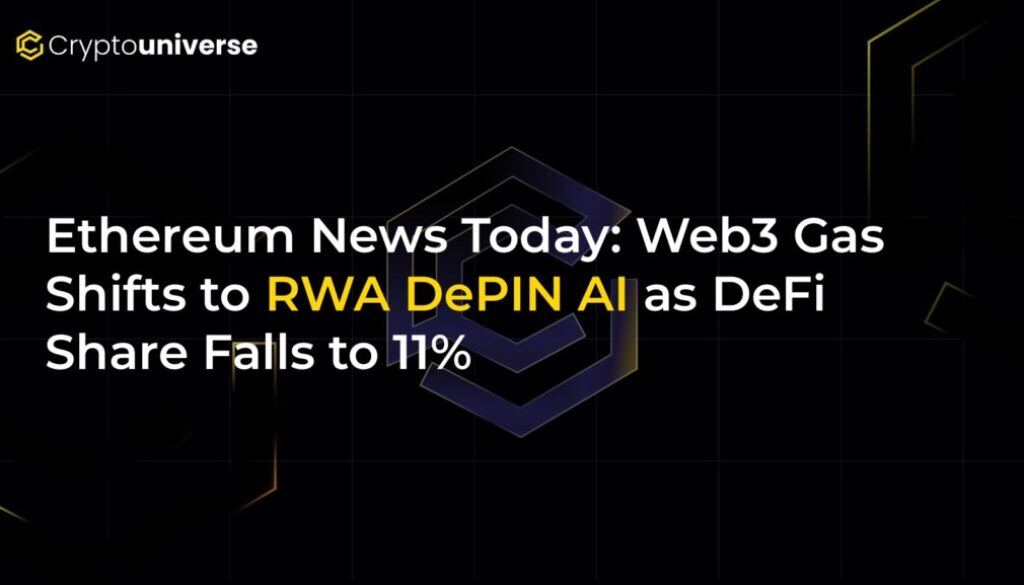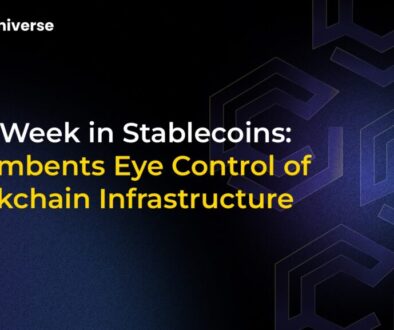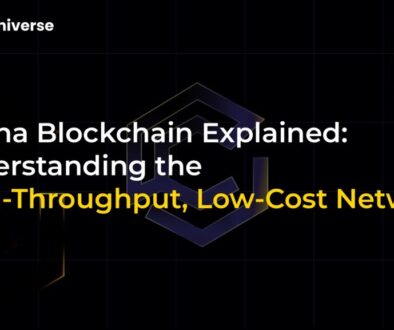Ethereum News Today: Web3 Gas Shifts to RWA DePIN AI as DeFi Share Falls to 11%

The Changing Tides of Ethereum: Why Gas Usage Tells a New Story
The Ethereum network is undergoing a quiet but dramatic transformation. While daily Web3 activity remains robust, holding steady at around 24 million users, the engine room of the network—gas consumption—is being powered by entirely new forces. The once-dominant sector of Decentralized Finance (DeFi) is seeing its on-chain footprint shrink, making way for a new wave of innovation in Real-World Assets (RWA), Decentralized Physical Infrastructure (DePIN), and Artificial Intelligence (AI).
Recent data reveals a seismic shift: DeFi’s share of Ethereum gas has plummeted to just 11%. In its place, the combined forces of RWA, DePIN, and AI now command a staggering 58% of network gas consumption. This isn’t a story of DeFi’s decline, but rather its evolution, and a clear signal of where the next phase of Web3 growth is headed.
DeFi’s Paradox: Record Value, Reduced Footprint
At first glance, the data seems contradictory. How can DeFi’s on-chain activity be falling when its Total Value Locked (TVL) is surging? The sector’s TVL has climbed an impressive 150% since the start of the year, reaching $137 billion. This growth, however, isn’t coming from a flood of new retail users making countless small swaps.
Instead, it points to significant institutional adoption. The rise of permissioned liquidity pools and tokenized treasuries allows large-scale capital to enter the DeFi ecosystem in a more regulated and gas-efficient manner. Big players are making fewer, larger transactions, which drives up TVL without clogging the network. This maturation means DeFi is becoming the foundational financial layer for big money, while the experimental, high-frequency activity moves elsewhere.
This trend is mirrored by the decline of NFTs, which once accounted for a huge portion of Ethereum’s gas. Today, NFT-related transactions consume a mere 4% of network gas, marking a clear end to the speculative frenzy of the last cycle.
Meet the New Gas Guzzlers: RWA, DePIN, and AI
So, who is using all this blockspace? The answer lies in sectors building tangible connections between the digital and physical worlds.
- Real-World Assets (RWA): This sector is about tokenizing traditional assets like real estate, bonds, and private credit on the blockchain. The value of tokenized RWAs has exploded from $15.8 billion to $25.4 billion this year alone. This growth represents a powerful narrative for institutional investors, offering blockchain-based efficiency and transparency for familiar asset classes.
- Decentralized Physical Infrastructure (DePIN): DePIN projects use crypto incentives to build and maintain real-world infrastructure, from wireless networks and cloud storage to energy grids. These networks require significant on-chain computation and are gaining serious economic traction.
- AI & Social DApps: A new breed of decentralized applications focused on AI and social networking is also on the rise. Platforms like Farcaster are attracting tens of thousands of daily users, proving that Web3 can power more than just financial applications.
The Market Reality: Where Is the Money Actually Flowing?
While narratives and hype can drive short-term interest, investment returns tell the real story of market confidence. When we look at year-over-year performance, a clear pattern emerges: the market is rewarding utility and tangible growth, not just buzzwords.
The Outperformers:
- Smart Contract Platforms: The foundational layers of Web3 saw an average unweighted gain of 142%, led by stellar performers like HBAR (+360%).
- DeFi & RWA Tokens: Yield-focused DeFi tokens posted average gains of 77%, with Curve (CRV) soaring 308%. RWA tokens followed closely with a 65% average gain, led by XDC (+237%).
The Underperformers:
- AI Tokens: In a stunning disconnect between hype and reality, the top 10 AI-focused crypto projects averaged a 25% decline year-over-year. Despite a powerful narrative, the sector has failed to deliver sustained value to investors so far.
- DePIN & Social Tokens: These sectors also lagged the market leaders, posting more modest gains and highlighting that they are still in their early growth phases.
What This Means for Ethereum’s Future
The landscape of Ethereum is maturing. The recent Dencun Upgrade, which introduced “blobs” to make data storage for Layer-2 solutions drastically cheaper, has successfully lowered average gas fees and pushed more activity to L2s. The main Ethereum chain is increasingly becoming a high-value settlement layer for institutional DeFi and the complex operations of RWA, DePIN, and AI protocols.
This shift is healthy. It shows an ecosystem that is expanding beyond a single use case and building a diversified, resilient foundation for the future. For investors and builders, the message is clear: while DeFi remains a cornerstone, the most explosive growth and on-chain activity are now happening at the intersection of blockchain and the real world. The era of RWA, DePIN, and AI is no longer on the horizon—it’s here, and it’s consuming gas.


